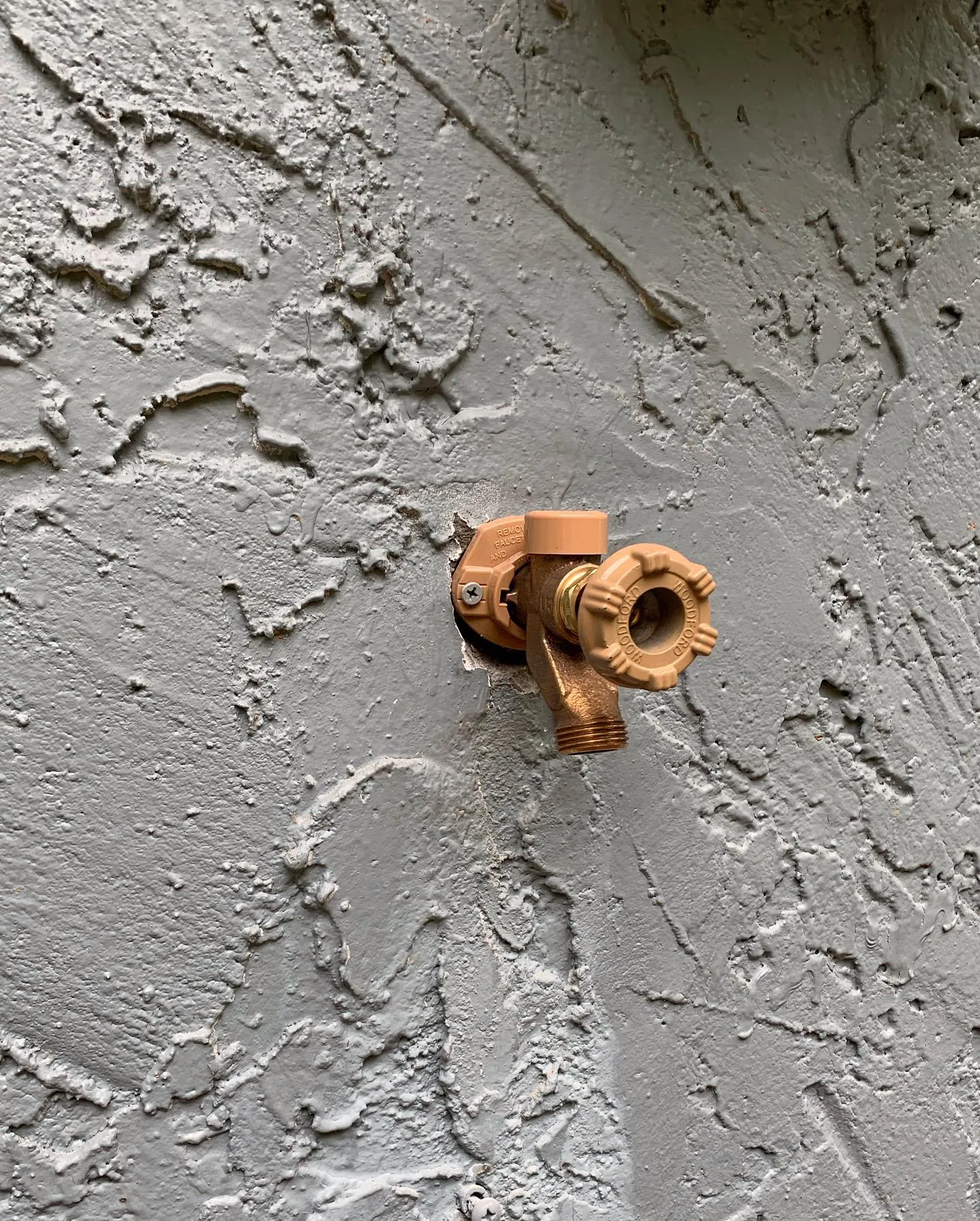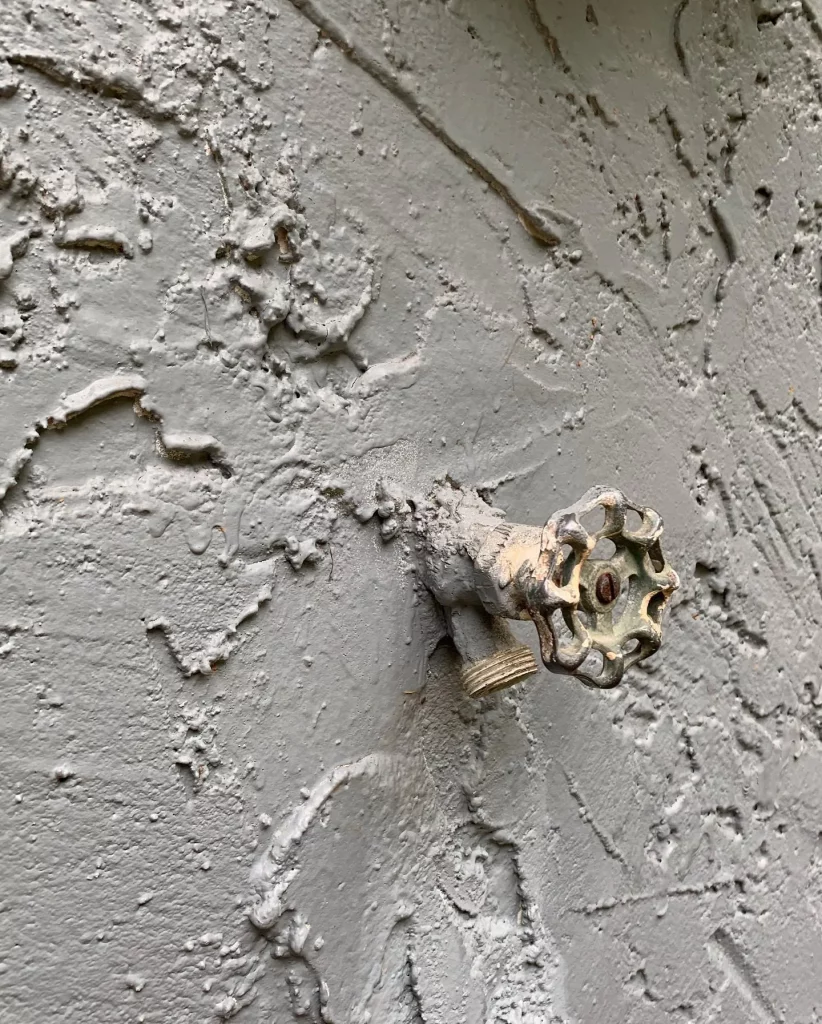
Professional plumbers in Vancouver, WA help homeowners achieve their sustainable living goals by implementing water and energy conservation measures. This is done primarily through three key areas: installing high-efficiency fixtures to reduce water consumption, repairing leaks that waste thousands of gallons annually, and upgrading to modern, energy-saving water heaters. These actions not only lower a home’s environmental footprint but also lead to significant savings on utility bills.
This article provides a detailed look at the specific technologies and repair methods that support an eco-friendly household. The information comes from years of hands-on experience helping residents make their plumbing systems more efficient and sustainable. Understanding these options can help you make informed decisions for your own home.
The most direct way to support sustainability is to use less water. Modern plumbing fixtures in Vancouver are designed for exactly that, while diligent leak repair prevents unintentional waste.
The U.S. Environmental Protection Agency’s WaterSense label is a reliable indicator of efficiency. A report from the EPA shows that WaterSense labeled products are at least 20 percent more water-efficient than average products in the same category. Qualified plumbers can recommend and install a range of these fixtures, including:
Even small plumbing leaks add up quickly. A dripping faucet or a running toilet can waste a surprising amount of water over time. According to the U.S. Geological Survey, a faucet dripping at a rate of one drip per second can waste more than 3,000 gallons per year. Professional plumbers use specialized equipment to detect and repair hidden leaks within walls or under foundations, preventing property damage and conserving a huge amount of water.
Bonus Tip: Check your water meter to test for hidden leaks. Note the reading, avoid using any water for a two-hour period, and then check the meter again. If the reading has changed, you likely have a leak that needs professional attention.

Heating water is the second-largest energy expense in many homes, accounting for a substantial portion of utility bills. Modern water heaters offer significant energy savings over older, less efficient models.
Selecting a new water heater involves considering fuel type, capacity, and efficiency. Professional plumbers can assess a home’s specific needs to recommend the best fit.
| Water Heater Type | How It Works | Best For |
|---|---|---|
| Conventional Storage Tank | Heats and stores water in an insulated tank. | Homes with simultaneous hot water demands. |
| Tankless (On-Demand) | Heats water instantly as it passes through the unit. | Households looking to save energy and space. |
| Heat Pump (Hybrid) | Pulls heat from the surrounding air to warm water in the tank. | Homeowners prioritizing maximum energy efficiency. |
Tankless water heaters are particularly effective for sustainability. Data from the U.S. Department of Energy suggests that for homes that use 41 gallons or less of hot water daily, tankless water heaters can be 24%–34% more energy efficient than conventional storage tank models.
Bonus Tip: Insulating the first five feet of hot and cold water pipes connected to your water heater can reduce heat loss and raise water temperature by a few degrees, allowing you to lower the temperature setting on the tank.
Before committing to significant plumbing upgrades, it’s wise to evaluate a few key factors to ensure your investment aligns with your goals.
Upgrading your home’s plumbing is a practical way to support your sustainable living goals. By focusing on efficient fixtures, prompt leak repair, and modern water heating technology, you can significantly reduce your household’s water and energy consumption. Before making any changes, evaluate your home’s unique needs and consult with a professional to create a plan that fits your budget and long-term objectives.
For a detailed evaluation of your home’s plumbing system, contact a qualified professional. Simpson Plumbing has the expertise to identify opportunities for water and energy savings. A consultation can provide a clear path toward a more sustainable and cost-effective home. Call (360) 954-2041 to discuss your goals.
The simplest and most impactful first step is a professional plumbing inspection. This identifies hidden leaks, inefficient fixtures, and provides a clear roadmap for upgrades that will yield the most significant water and energy savings.
A common sign is a toilet that runs intermittently when not in use. You can also place a few drops of food coloring in the tank. If the color appears in the bowl within 15-20 minutes without flushing, the flapper is leaking and needs to be replaced.
Absolutely. Older pipes, especially those made from galvanized steel, can corrode over time, leading to pinhole leaks that are often hidden behind walls or under floors. These slow leaks can waste thousands of gallons and cause serious water damage.
Yes. Excessively high water pressure (above 80 PSI) puts stress on pipes, joints, and appliances, increasing the risk of leaks and bursts. A plumber can install a pressure-reducing valve to protect your system and reduce the amount of water flowing through fixtures.